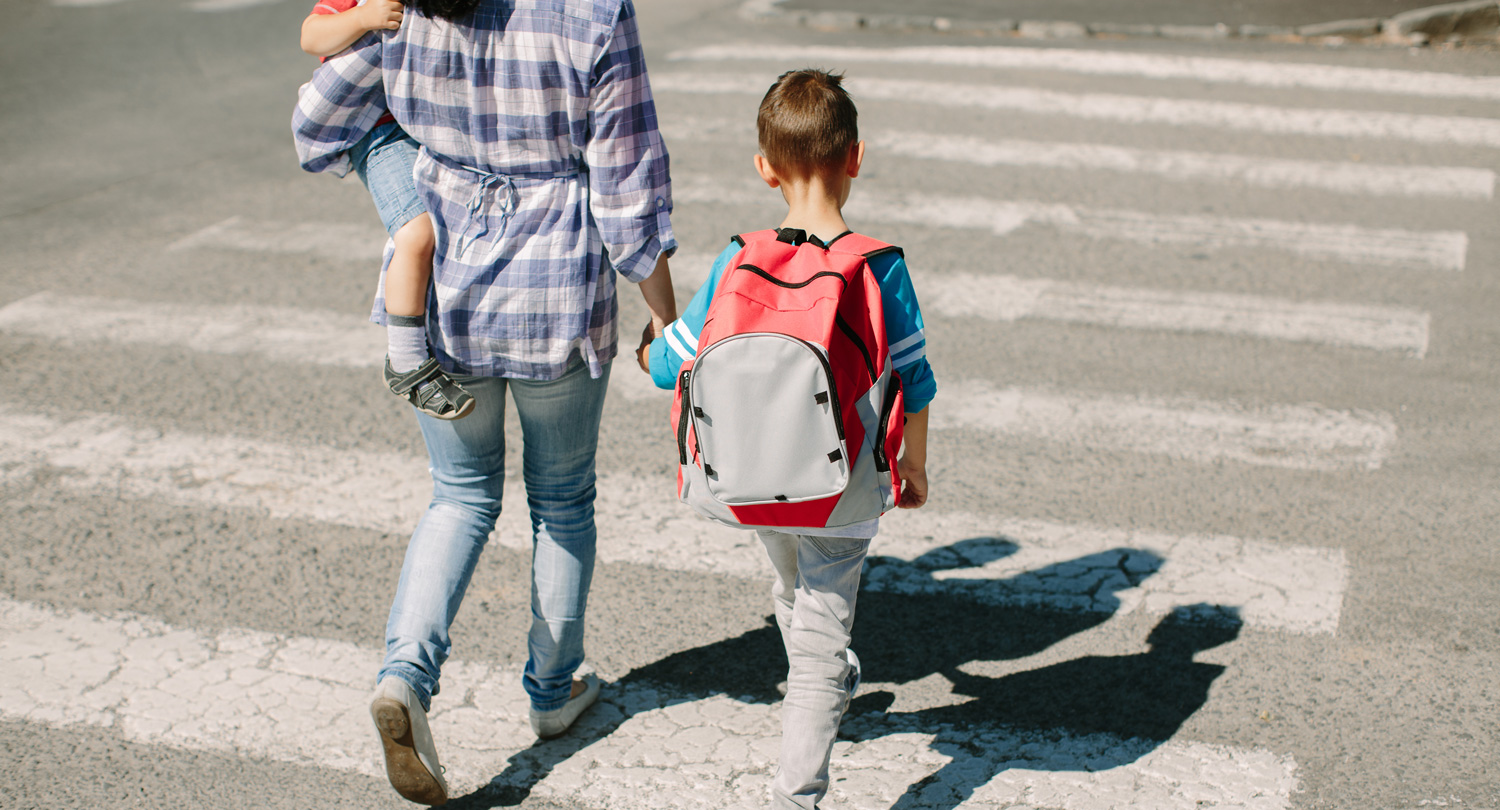Is a Wave Constructing for Walkability?


By Mike McGinn
When does a problem breakthrough? It is without doubt one of the most fascinating matters in politics. There are issues that appear like they’ll by no means change. Then they modify.
Are we approaching that second for walkable and accessible communities? The proof is decidedly blended. However having been an lively participant in politics for the final forty years, my spidey senses are tingling.
Earlier than we get to the proof, let’s take into account the very thought of a seismic shift. It may occur. We now have seen it with smoking, homosexual marriage, and marijuana legalization. However progress can be not inevitable. We want solely take a look at a few of our most enduring points – inequality, racism, and girls’s bodily autonomy. Motion begets response, good points are made and misplaced, then made once more. Change is grindingly gradual.
And a few points appear not possible. The deck is stacked on local weather as we’ve in-built rising temperatures. The transportation sector, the one largest supply of CO2 emissions, appears notably fraught, as our transportation investments and land use patterns lock in extreme fossil gasoline use for many years. (Sure, electrical automobiles will assist, however not quick sufficient, and definitely not equitably given the expense and tragic collateral injury of car-centric locations.)
So, can we really take away the boundaries to shifting round our communities, and construct wholesome inclusive locations for all? The proof for that change is going on throughout us.
Let’s take into account the next:
- More cash than ever for lively transportation. Not close to sufficient, and nonetheless an excessive amount of for highway and freeway enlargement. However in politics voters don’t go straight from no to sure, they undergo undecided first. That’s the trail our budgets are on.
- Freeway removing is on the desk. After I was working to take away Seattle’s waterfront freeway we had valuable few US examples to attract upon. Extra cities are doing it, Congress launched Reconnecting Communities, and our Freeway Fighters Community is rising.
- States and cities are breaking apart the concrete round new housing. Single-family zoning was as soon as thought-about a 3rd rail of native politics. However the public strongly helps new housing sorts, particularly in current walkable neighborhoods, and that demand is sparking expansive new insurance policies from cities and states.
- Momentum to take away parking minimums. It’s a bona fide pattern for cities to eradicate archaic parking minimal guidelines that increase prices for brand new housing and small companies, and destroy walkability.
- Freedom to stroll. Eliminating over-policing and harassment of Black and Brown group members goes far too slowly – however the modifications proceed. Final 12 months California joined Virginia, Kansas Metropolis, and Nevada in decriminalizing jaywalking. This 12 months Washington is launching an effort, and we count on extra states and cities to observe.
- Regulating automobiles for pedestrian security. For the primary time ever, the US Division of Transportation is contemplating regulating automobiles for the security of individuals exterior of automobiles. New York began a pilot on Clever Velocity Help for metropolis automobiles. Whereas autonomous automobiles stay problematic, new applied sciences like automated pedestrian detection and braking may very well be integrated into new automotive requirements.
Not one of the above are new concepts (and a few are ridiculously previous). Nor are we simply studying the advantages of walkability. What’s new is that public attitudes are altering, and it’s notably evident demographically.
A few of us previous heads get it, however collectively youthful generations are markedly extra favorable to lively transportation, walkability, local weather motion, and racial justice.
The Motion by the Numbers
In keeping with a 2018 survey carried out by the American Public Transportation Affiliation, 74% of millennials (born 1981-1996) and 67% of Era Z (born 1997-2012) mentioned they would like to stay in a group with public transportation, in comparison with simply 53% of child boomers (born 1946-1964). Equally, a 2019 survey by the Nationwide Affiliation of Realtors, about 60% of 18-34 12 months olds mentioned that they would like to stay in a walkable group, in comparison with simply 37% of these 55 and older.
A 2020 ballot carried out by the Pew Analysis Heart discovered that youthful Individuals are additionally extra more likely to help authorities motion to deal with local weather change. The ballot discovered that 71% of Individuals within the 18-29 age group help authorities motion to deal with local weather change, in comparison with 57% of Individuals within the 30-49 age group, 49% of Individuals within the 50-64 age group, and 41% of Individuals 65 and older. The Pew Analysis Heart additionally discovered that amongst these ages 18-29, 72% imagine that “extra must be executed to offer black individuals equal rights with whites.”
And in 2022, let’s face it, Gen Z had a second. The Inflation Discount Act handed as a result of youthful generations demanded motion on local weather that would not be ignored. Their voice was equally heard on scholar loans and in elections. Head on over to Instagram and Tiktok to see an explosion of explainer movies on the superb factors of walkable and accessible communities.
Trying Forward
Does this imply that 2023 would be the 12 months that we break by way of, and make human-scaled locations a precedence in our land use and transportation plans? I can’t say that. It is just on reflection that change seems inevitable. In the mean time, the battle for hearts and minds is tough fought and the result is all the time doubtful.
However whenever you take a look at all of the proof, a wave is constructing. We simply should preserve at it. Whether or not it’s altering one thoughts, one road, or one group, all of it provides up. Thanks everybody on your work. Right here’s to 2023.